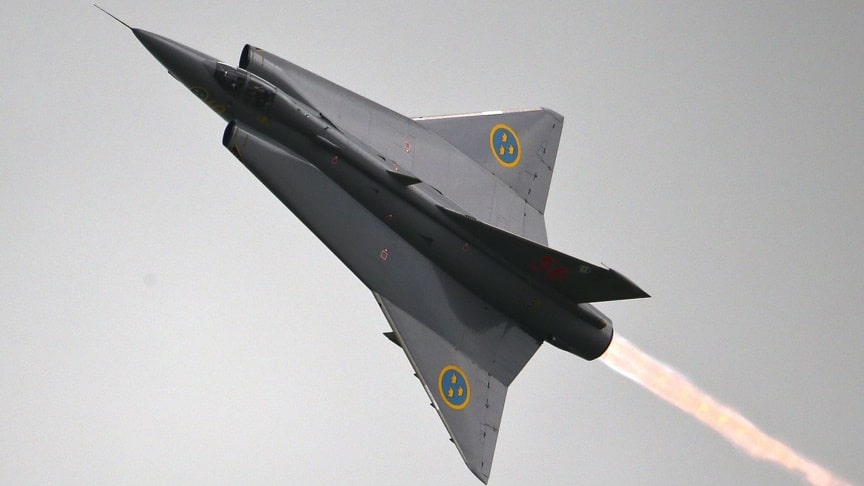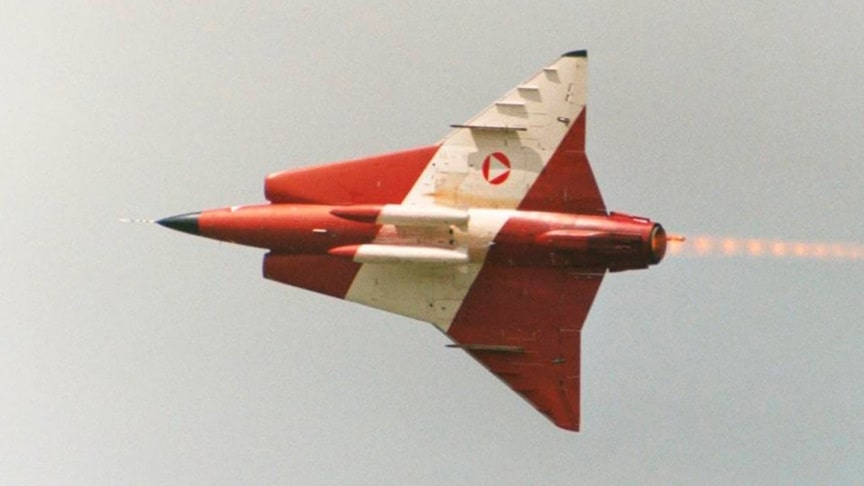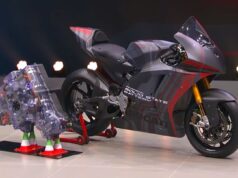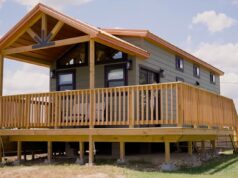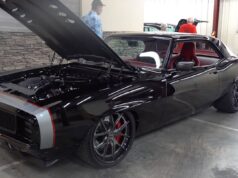In the 1960s, a tailless double delta wing aircraft was more of an unproven technology than an audacious undertaking. But although the design lacked historical knowledge, the ambitious Swedish engineers at Saab pursued it with determination.Unsurprisingly, when the J 35 model was finalized, the airframe encountered numerous problems during its initial service life.
Image Credit: Creative Commons
Due to its unstable nature, the double delta configuration made it difficult to land, requiring manual stabilization during such attempts.Little did the Swedish know that the challenge would provide a one-of-a-kind opportunity to discover a maneuver not yet known to any other nation – the Cobra.
source/image: Dark Skies
The Saab 35 Draken is a fighter aircraft, equipped with a distinctive double delta wing. According to Flight International, it is difficult to differentiate between the fuselage and the wing.The design anticipates what would later be known as a ‘blended wing-body’.
Advertisement
Propulsion was provided by a single Svenska Flygmotor RM6B/C turbojet engine, a licence-built model of the Rolls-Royce Avon 200/300 engine.A ram turbine, positioned under the aircraft’s nose, provided emergency power, while the engine also featured a built-in emergency starter unit. In order to reduce its landing distance when required, the Draken was equipped with a drogue parachute.
As the test pilots entered an uncontrollable stall at high alpha, they unexpectedly learned how to control it by quickly negating the angle of attack to counter the suspension. The maneuver turned the airframe into its own air brake, reducing its speed instantaneously.Out of nowhere, the Saab 35 became an indisputable icon.

